The World Around summit imagines a different, better future
The World Around summit explores issues of environmental and racial justice, indigenous rights and public health
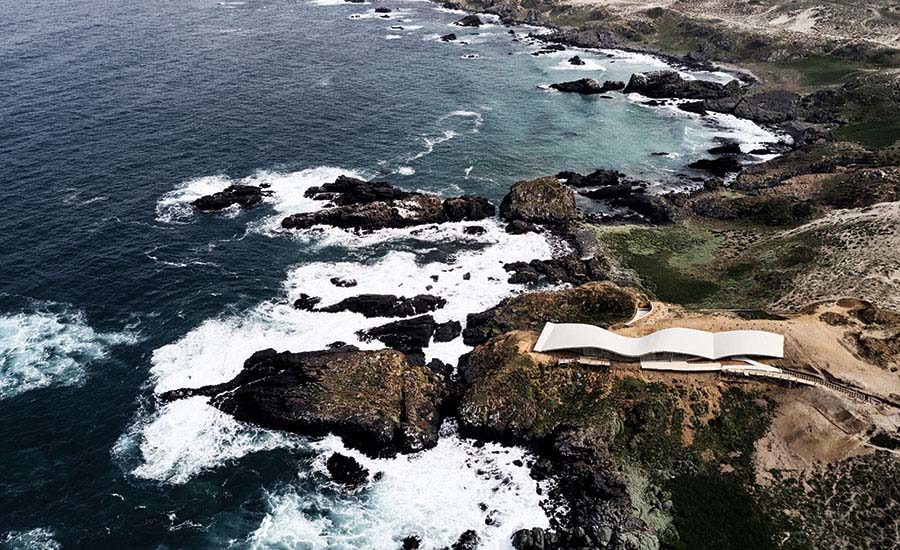
‘To live in a different future, we have to imagine one first,' said Beatrice Galilee, co-founder of architectural non-profit The World Around, as she opened the organisation’s second annual summit from the Guggenheim Museum in New York last Saturday. ‘We have to hear and we have to see and we have to listen to others,' she continued. This simple, but far-reaching exhortation was very much what the day was about; listening, considering and exploring topics, such as environmental and racial justice, indigenous rights and public health through 20 architecture and design projects presented through animations, films, discussions and interviews.
Divided into three sessions – called Pollinators, Keepers and Builders – speakers included architects and designers but also filmmakers, researchers, anthropologists, journalists and artists. We found out about a pioneering new natural building material being developed by Dubai-based architects and designers waiwai that is inspired by the crystallised salt and minerals that form the UAE’s remarkable Sabkha (salt flats) and made out of the waste brine created by the many water desalination plants in the region. We learnt from critic Alice Rawsthorn of the design ingenuity that had marked the Covid19 pandemic thus far.
We explored the new digital iteration of the Sámi Architecture Library installation created by Norway-based indigenous architect and artist Joar Nango. We met Sumayya Vally of Counterspace, a Johannesburg-based practice that has been chosen as the upcoming Serpentine Pavilion designer. We also heard David Adjaye, Ryūe Nishizawa, Francis Kéré and SO—IL speak about current and recent projects.
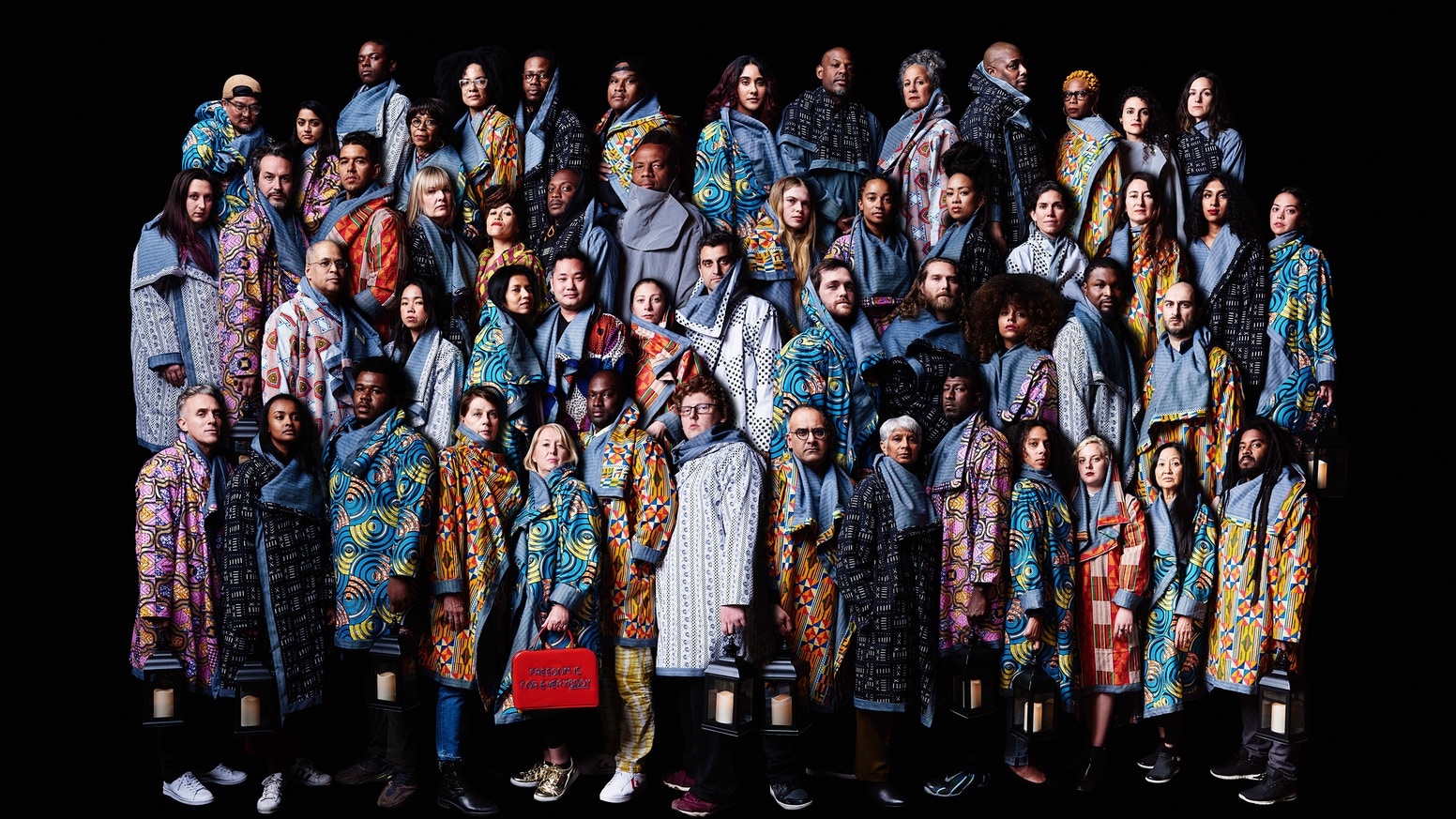
For Freedoms / Wide Awakes.
The Covid-19 pandemic affected the summit’s contents and its format, but moving online did not appear to be detrimental, quite the opposite. ‘It allowed me to think so much more creatively about who to invite and how to ask them to talk about their work and ideas,' explained Galilee. ‘Working with film allows storytelling in a way that is quite different than the more conventional system of a lot of people in a room and one person on a stage. It allows us to have groups, collectives, animation. It means people can talk in their first language.' It also meant the speakers and audience could be anywhere in the world and not be hindered by the possibility (or not) of travel on a specific date.
RELATED STORY

For an event that aims to amplify equitable and civic-minded architectural projects, that sort of access was undoubtedly a game-changer and proved liberating for all, whether the speaker was widely known or not. The World Around encouraged attendees to speak about the issues that mattered most to them instead of presenting a controlled, polished or finished image of a project, as would have happened in a magazine or exhibition said Galilee. ‘I love to hear directly from the designer about the back story of a building: the brief, the client, the context, the problems and the material, political and philosophical decisions that guide its design,' she continued.
By interspersing project talks by architects and designers with presentations by activists, artists and social scientists whose work examines the city through the lens of social and racial justice, The World Around showed how much the way we inhabit and operate in our cities and spaces conditions what they are or can become. Because the ‘other’ big crisis of the moment, as Buenos-Aires-based collective El Futuro Imposible put it in their wonderful animated presentation, is undoubtedly ‘a crisis of imagination.'
A potential path of resistance to that crisis was offered by the closing live town hall session with NY-based artist led-organisation For Freedoms whose Wide Awakes project is named after the youth movement who used song, art and rallies to push for the abolition of slavery in the 1860s. They spoke upliftingly of the empowerment gained through appropriating that most contested of spaces, the street, ‘our theatre' as they put it, and doing so with joy. The street is a place where change can happen they all agreed. And it brought us back to the summit’s introductory premise: if we can envision a different future, we can also push harder to create one.
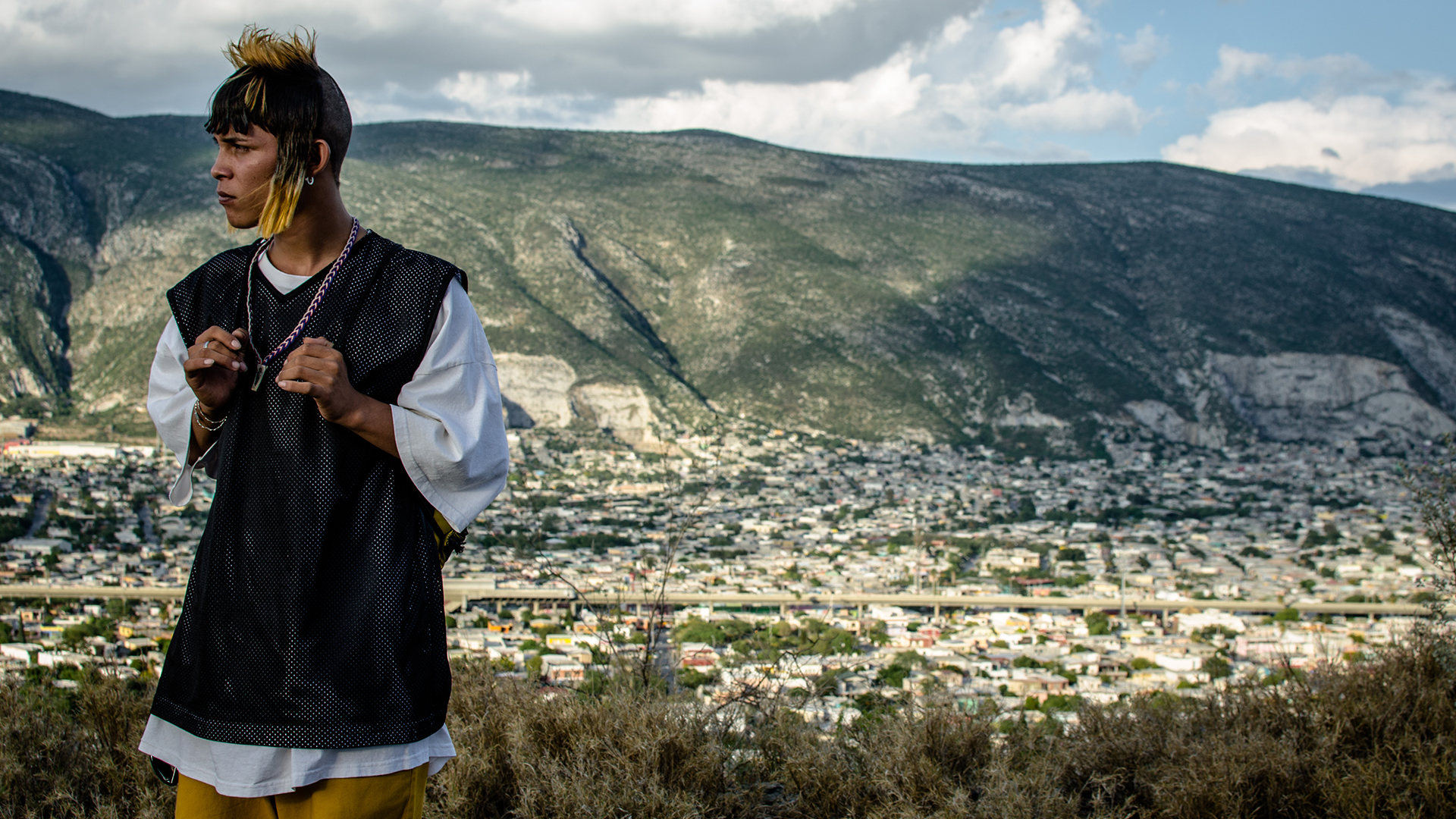
Fernando Frías' Ya No Estoy Aquí.

Ensamble Studio's Ca'n Terra.

Planet City (2020), Directed by Liam Young. Pictured here is the High Altitude Bot Herder. Costume Direction Ane Crabtree, Costume Artist Aneesa Shami, Mask Artist Liam Young. Modelled by David Freeland Jr.
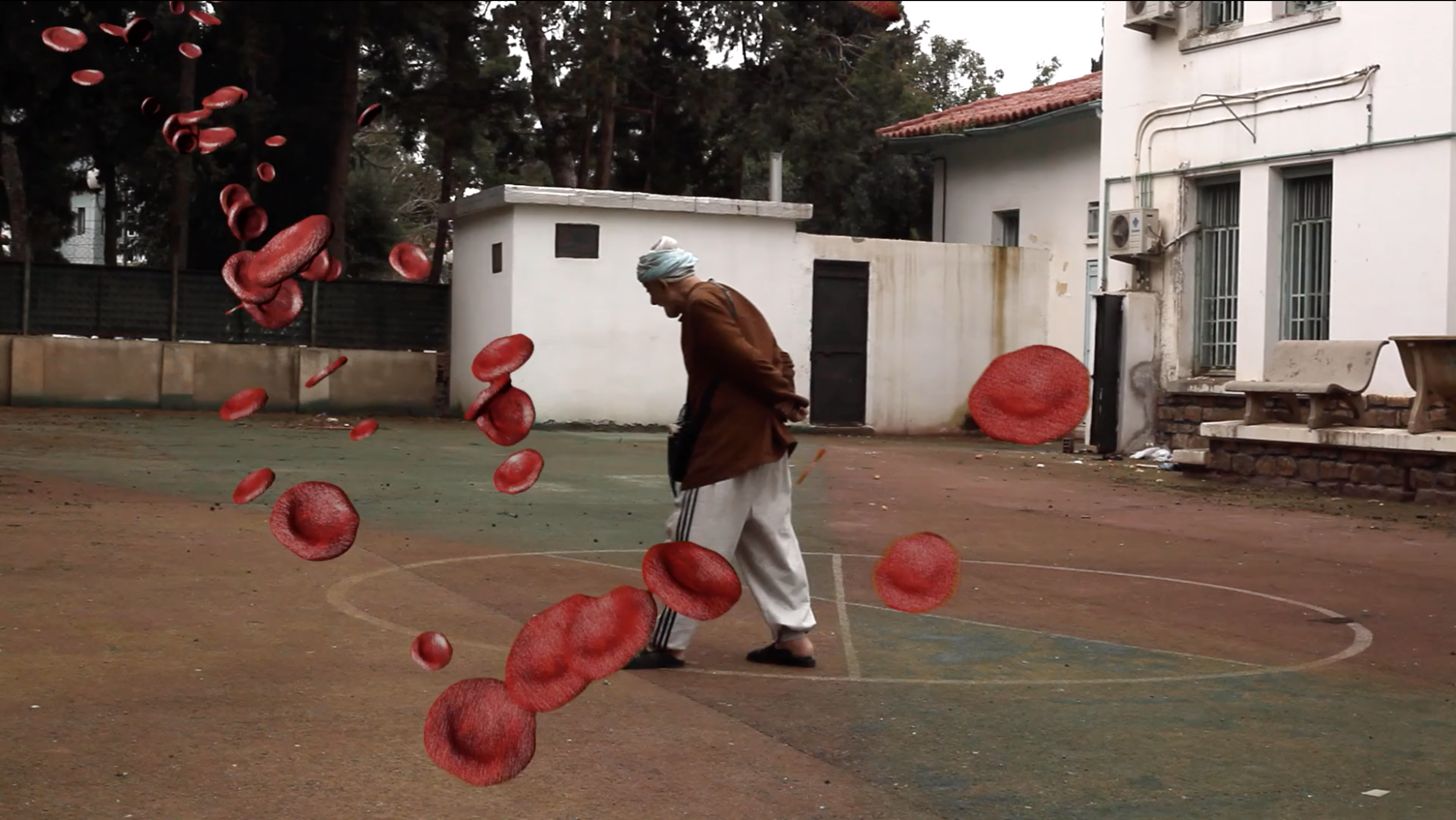
Alia Farid's The Space Between Classrooms. The film is co-commissioned by FACT and Liverpool Biennial.
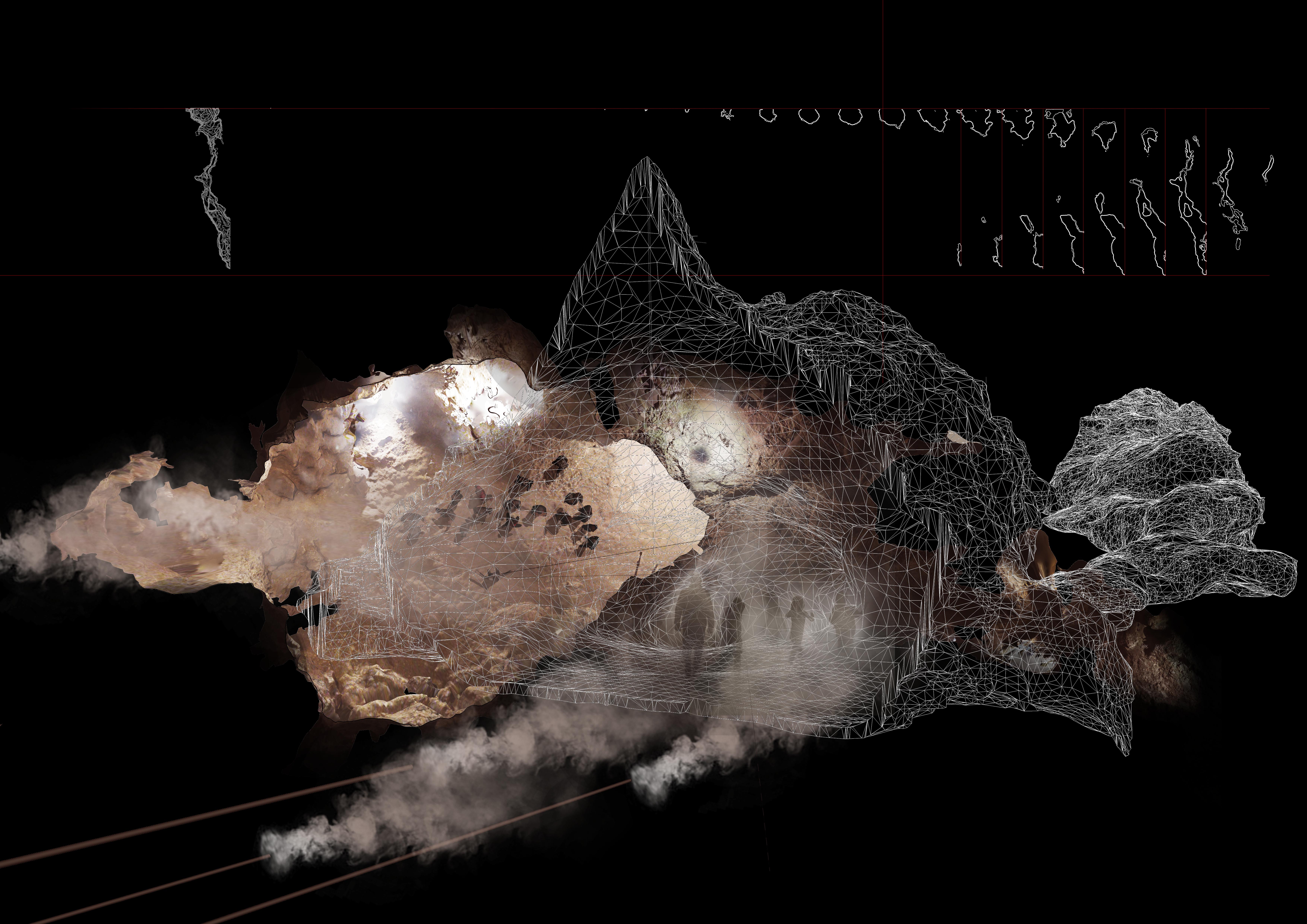
Cave_Bureau's Museum of Anthropocene. Image: Cave_Bureau
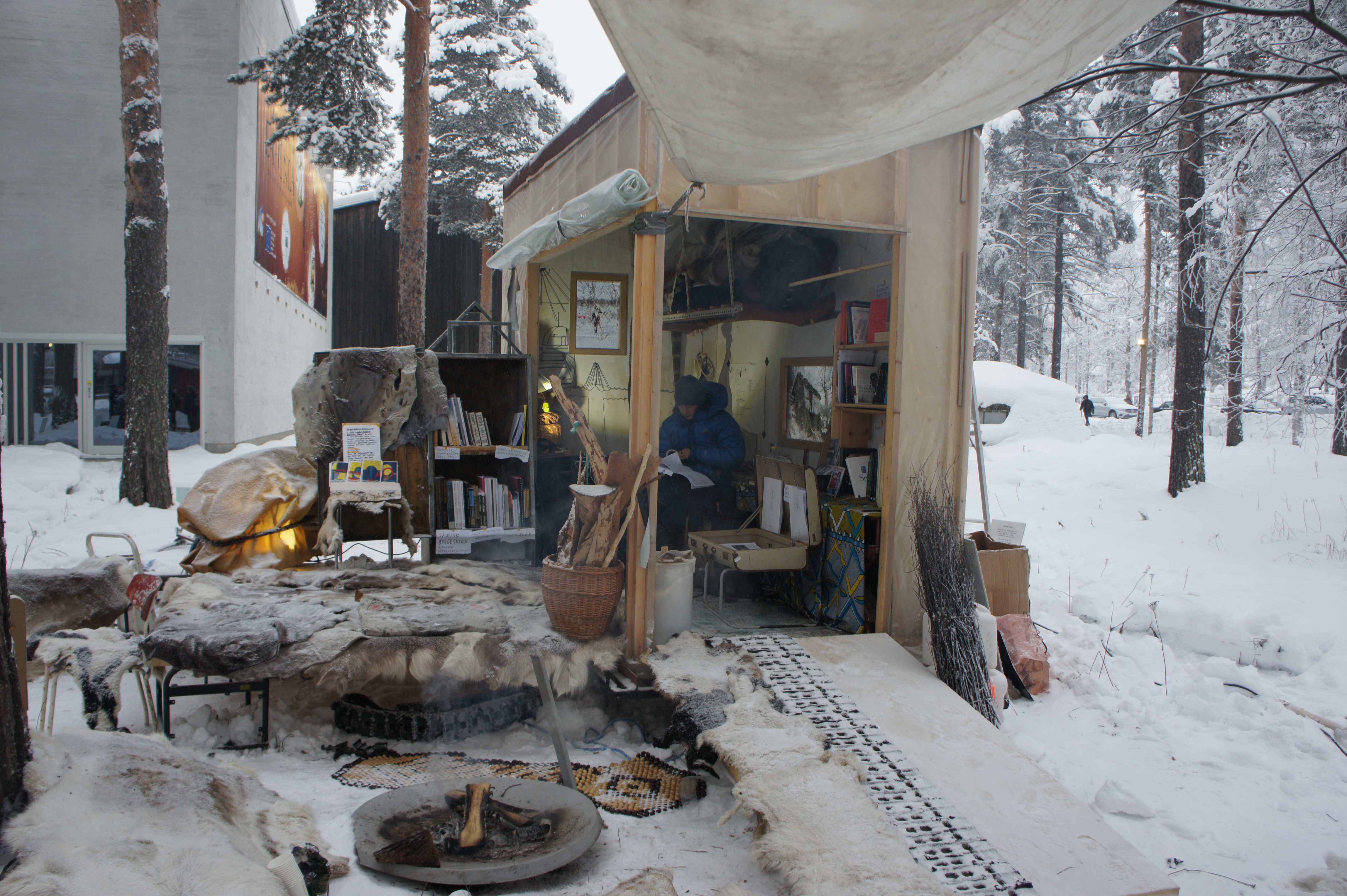
Joar Nango's ArkDes - Kiruna Forever and Girjegumpi.
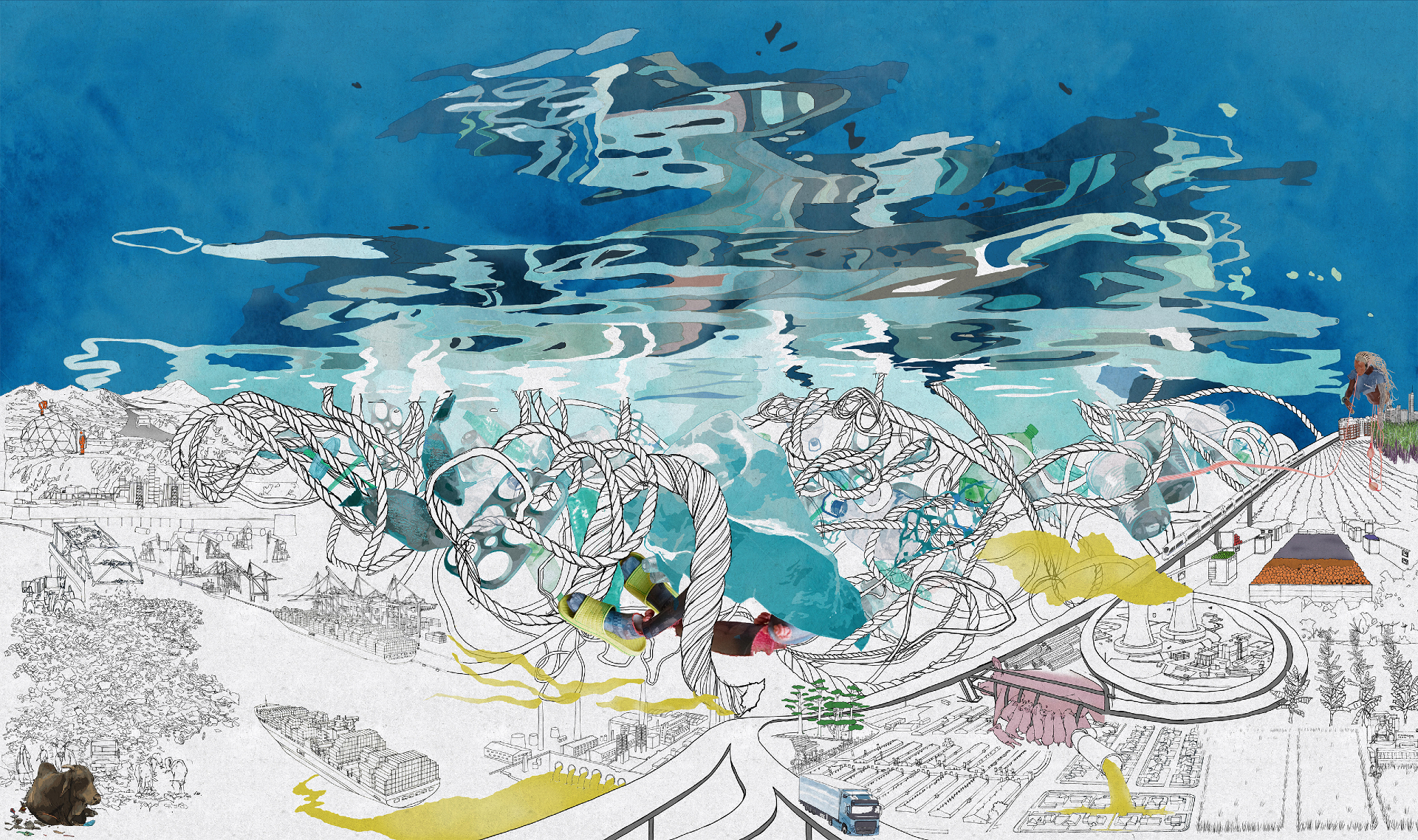
Feral Atlas. Image: Feifei Zhou
INFORMATION
Receive our daily digest of inspiration, escapism and design stories from around the world direct to your inbox.
Giovanna Dunmall is a freelance journalist based in London and West Wales who writes about architecture, culture, travel and design for international publications including The National, Wallpaper*, Azure, Detail, Damn, Conde Nast Traveller, AD India, Interior Design, Design Anthology and others. She also does editing, translation and copy writing work for architecture practices, design brands and cultural organisations.
-
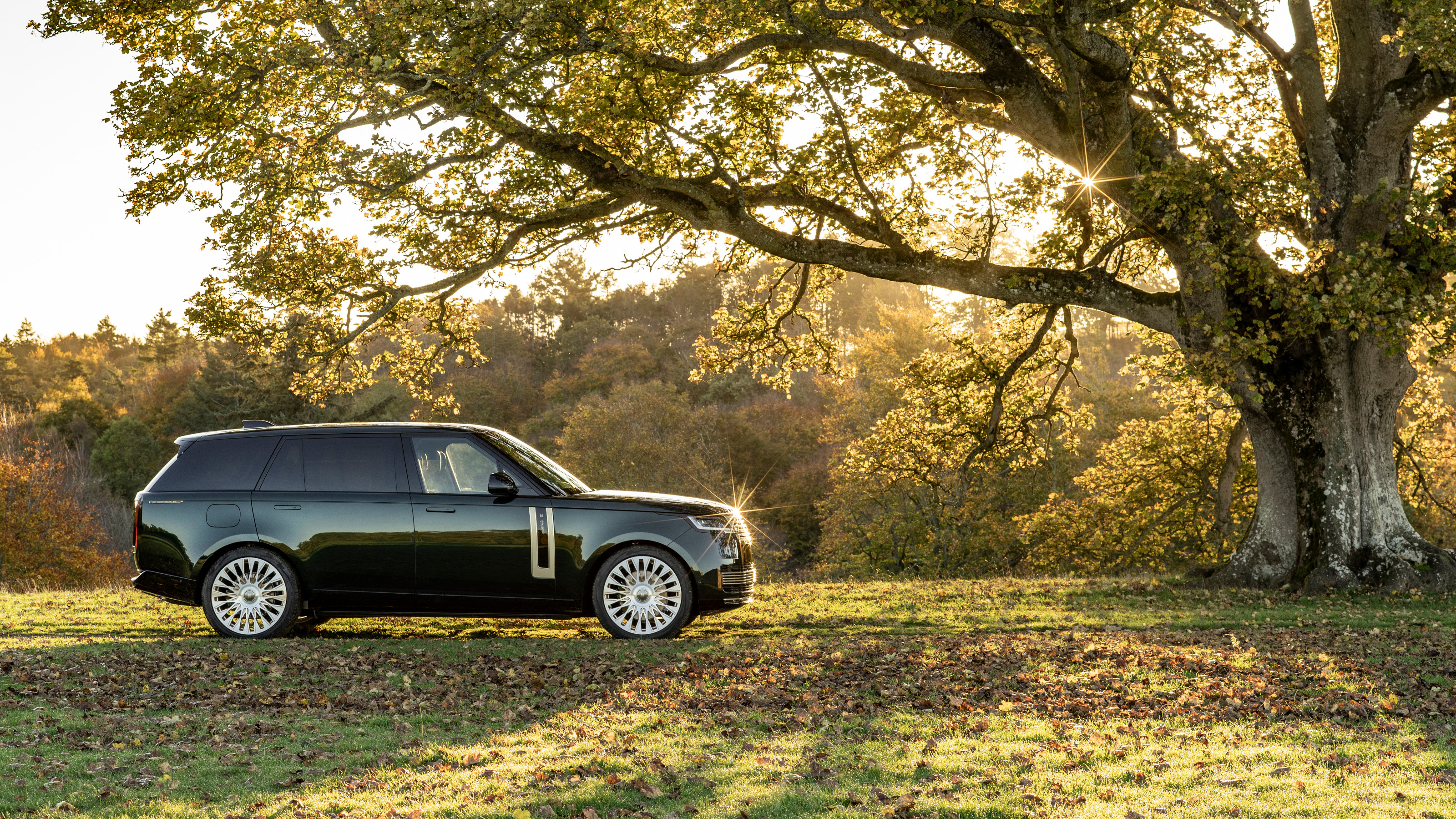 Holland & Holland's Range Rover is outstanding in its field: shoot the breeze in style
Holland & Holland's Range Rover is outstanding in its field: shoot the breeze in styleCan you spare half a million pounds for a glorified four-wheeled gun cabinet? If so, the Range Rover Holland & Holland Edition by Overfinch might be the perfect fit
-
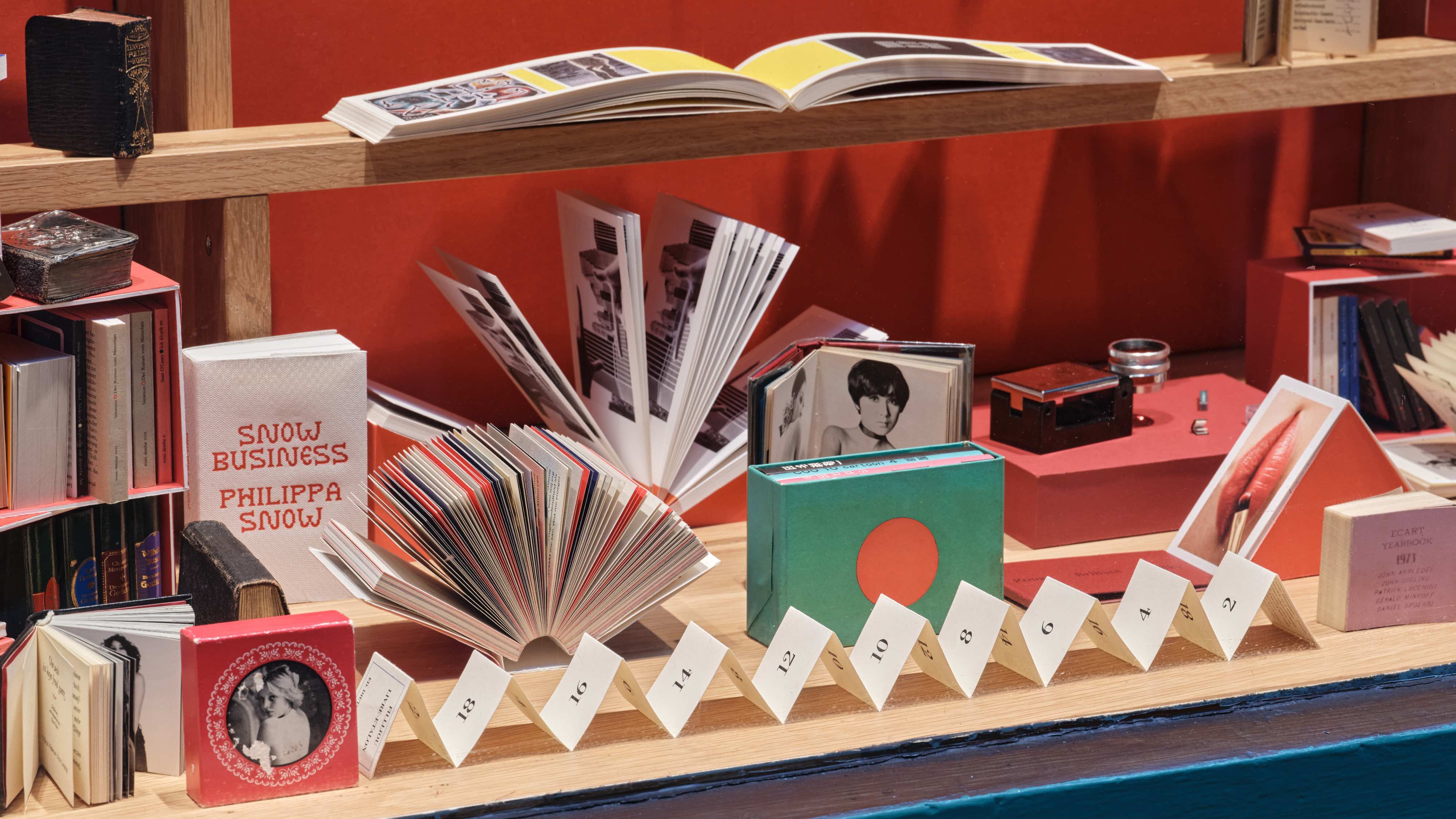 Veronica Ditting’s collection of tiny tomes is a big draw at London's Tenderbooks
Veronica Ditting’s collection of tiny tomes is a big draw at London's TenderbooksAt London bookshop Tenderbooks, 'Small Print' is an exhibition by creative director Veronica Ditting that explores and celebrates the appeal of books that fit in the palm of your hand
-
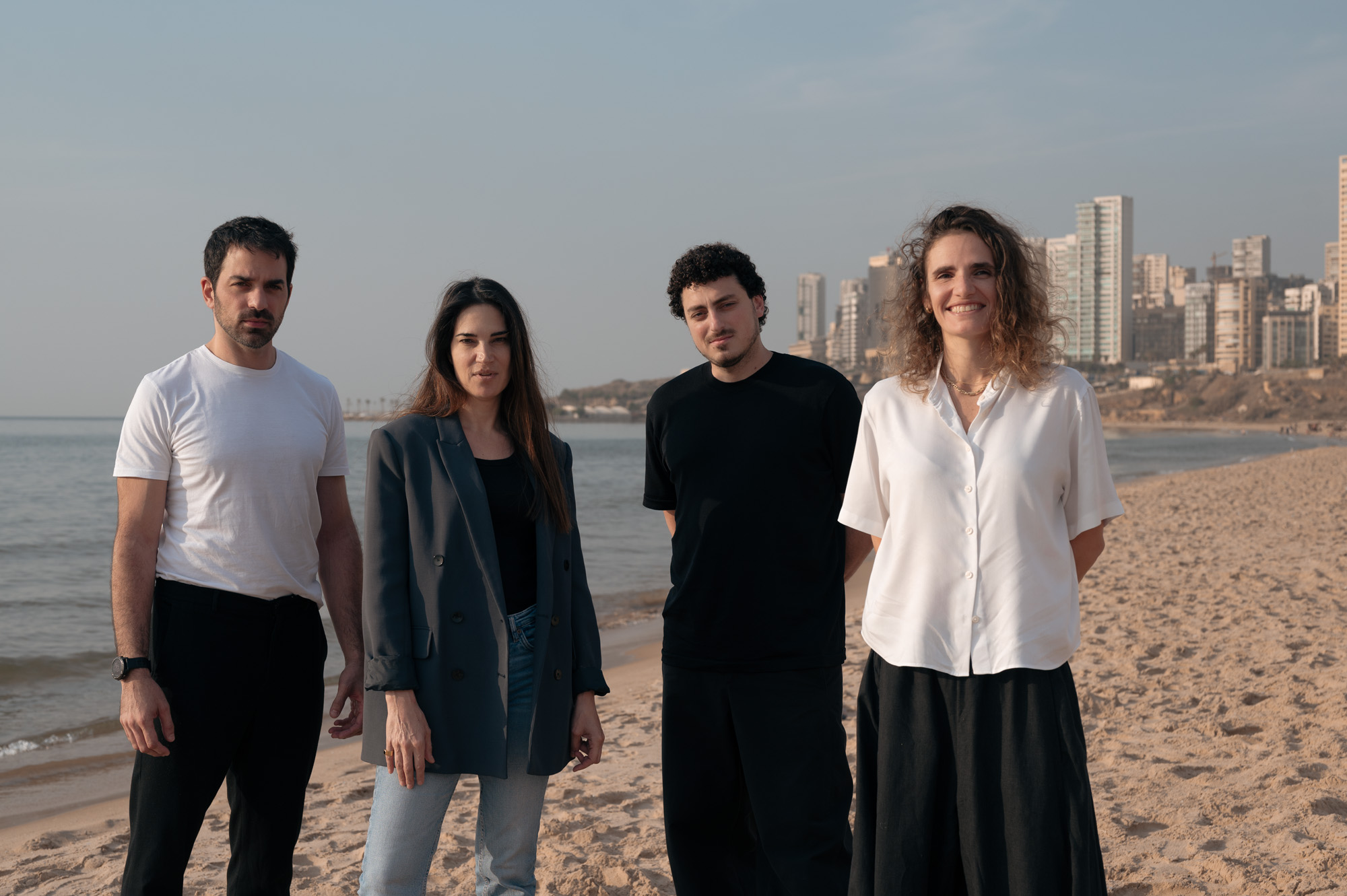 How Beirut's emerging designers tell a story of resilience in creativity
How Beirut's emerging designers tell a story of resilience in creativityThe second in our Design Cities series, Beirut is a model of resourcefulness and adaptability: we look at how the layered history of the city is reflected in its designers' output
-
 Step inside this resilient, river-facing cabin for a life with ‘less stuff’
Step inside this resilient, river-facing cabin for a life with ‘less stuff’A tough little cabin designed by architects Wittman Estes, with a big view of the Pacific Northwest's Wenatchee River, is the perfect cosy retreat
-
 Remembering Robert A.M. Stern, an architect who discovered possibility in the past
Remembering Robert A.M. Stern, an architect who discovered possibility in the pastIt's easy to dismiss the late architect as a traditionalist. But Stern was, in fact, a design rebel whose buildings were as distinctly grand and buttoned-up as his chalk-striped suits
-
 Own an early John Lautner, perched in LA’s Echo Park hills
Own an early John Lautner, perched in LA’s Echo Park hillsThe restored and updated Jules Salkin Residence by John Lautner is a unique piece of Californian design heritage, an early private house by the Frank Lloyd Wright acolyte that points to his future iconic status
-
 The Stahl House – an icon of mid-century modernism – is for sale in Los Angeles
The Stahl House – an icon of mid-century modernism – is for sale in Los AngelesAfter 65 years in the hands of the same family, the home, also known as Case Study House #22, has been listed for $25 million
-
 Houston's Ismaili Centre is the most dazzling new building in America. Here's a look inside
Houston's Ismaili Centre is the most dazzling new building in America. Here's a look insideLondon-based architect Farshid Moussavi designed a new building open to all – and in the process, has created a gleaming new monument
-
 Frank Lloyd Wright’s Fountainhead will be opened to the public for the first time
Frank Lloyd Wright’s Fountainhead will be opened to the public for the first timeThe home, a defining example of the architect’s vision for American design, has been acquired by the Mississippi Museum of Art, which will open it to the public, giving visitors the chance to experience Frank Lloyd Wright’s genius firsthand
-
 Clad in terracotta, these new Williamsburg homes blend loft living and an organic feel
Clad in terracotta, these new Williamsburg homes blend loft living and an organic feelThe Williamsburg homes inside 103 Grand Street, designed by Brooklyn-based architects Of Possible, bring together elegant interiors and dramatic outdoor space in a slick, stacked volume
-
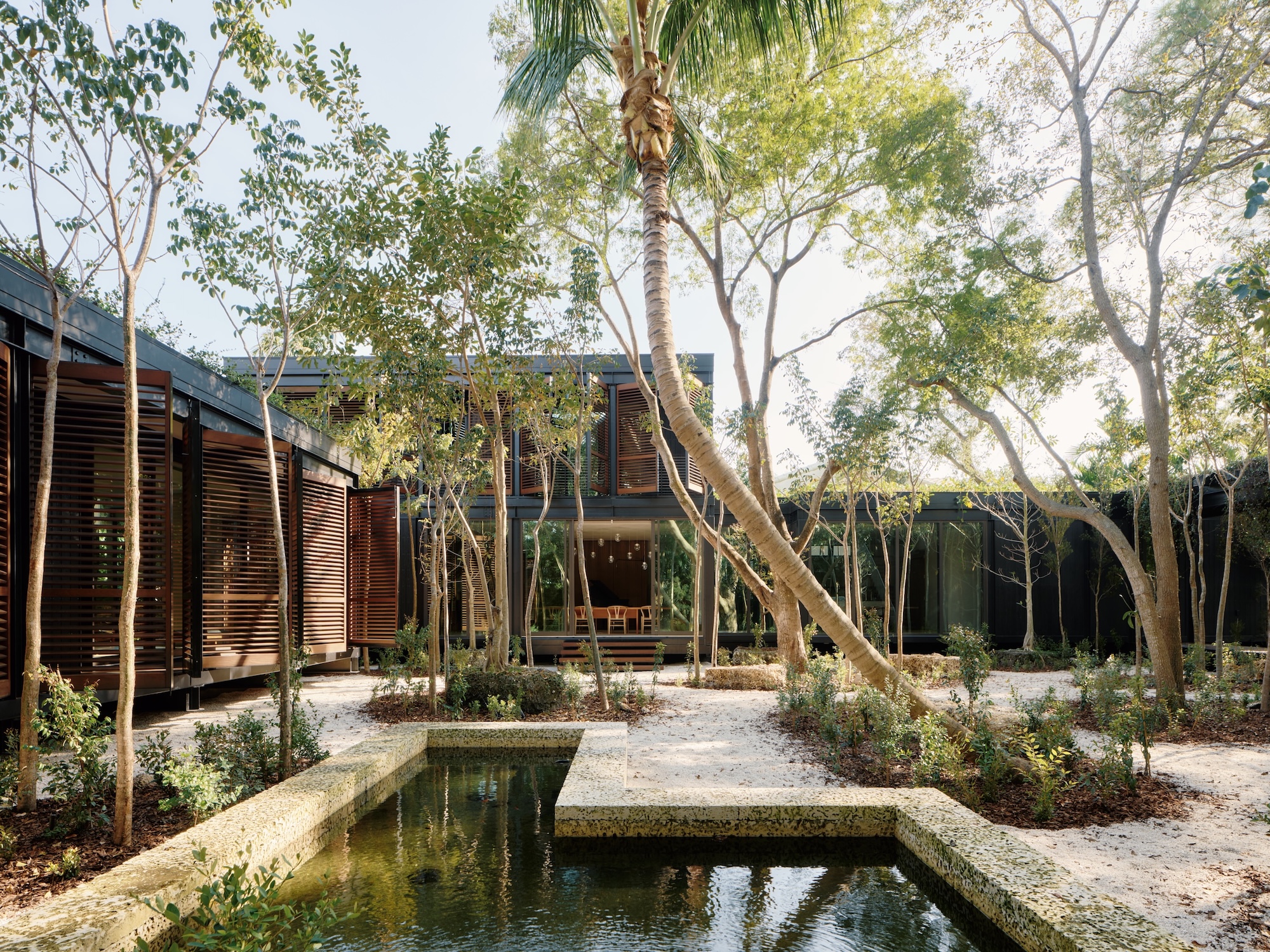 This ethereal Miami residence sprouted out of a wild, jungle-like garden
This ethereal Miami residence sprouted out of a wild, jungle-like gardenA Miami couple tapped local firm Brillhart Architecture to design them a house that merged Florida vernacular, Paul Rudolph and 'too many plants to count’